We've worked out John Williams' secret to starting a great melody, and it's unbelievably simple
26 March 2019, 16:21 | Updated: 28 March 2019, 17:56
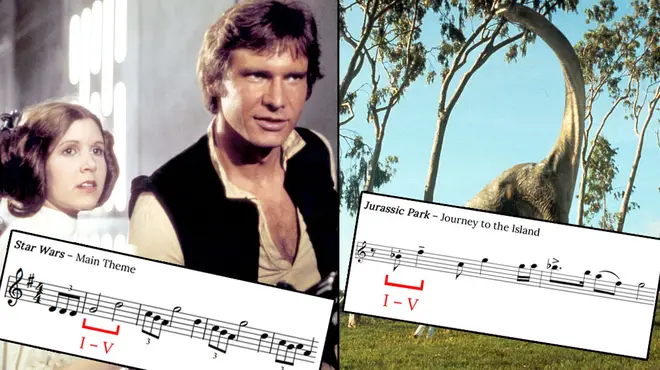
Do you want to know the secret to writing a world-class melody? If John Williams’ music is anything to go by, it comes down to one really simple thing…
Would you believe us if we said that John Williams used the same compositional trick in his melodies for Jurassic Park, Star Wars, Superman and Indiana Jones?
We're here to tell you he does and it all stems from one central idea: the tonic – dominant interval. That's the leap from the first note of the scale to the fifth. Call it a I-V or perfect fifth interval if you prefer.

Using the I-V relationship is nothing new when it comes to writing music, it’s one of the fundamental melodic relationships in Western harmony. However, John Williams uses this interval as the backbone of many of his iconic melodies.
He doesn't just use the I-V interval as a part of the melody, he uses it as a tool to catapult us right into the juicy bit of the tune. Picture the harmonic interval as a slingshot, if you will.
So, with this sophisticated analogy in place, let's take a look at the music to see how the magic happens.
Star Wars
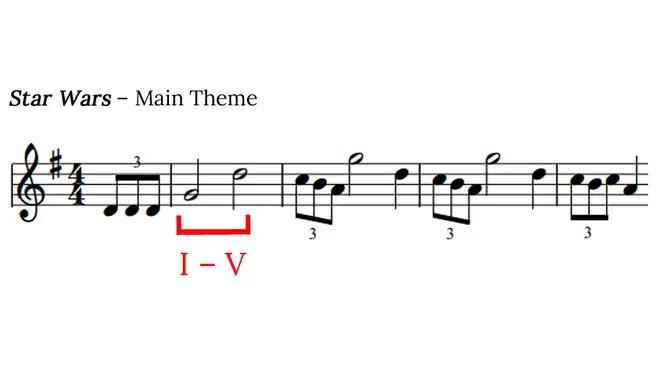
The Star Wars theme is probably the most famous music to ever be used in a film, so John Williams was clearly doing something right here. Even the introduction of brass fanfare triplets is iconic, but the music really gets going when the melody hits.
The up-beat triplet motif is followed by two sturdy I-V minims (half notes, if you're American). Williams uses this as springboard into the rest of the phrase, and into the rest of the score, in fact.
Jurassic Park
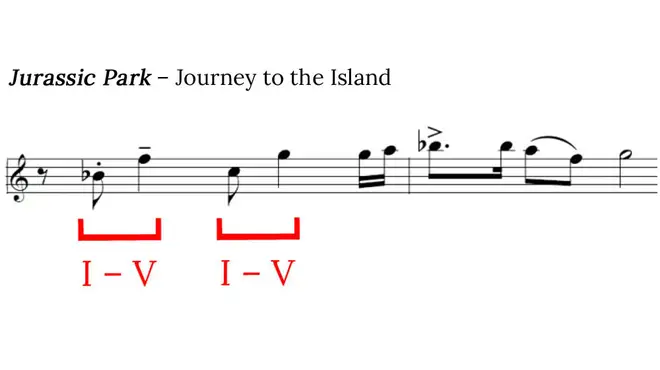
For all those Jurassic Park fans reading, you’ll know that this music comes at the point when we catch our first glimpse of the island. Not only is there a sudden key change at this point, but the epic theme is put straight in front of us, no frills, no introduction. So it's no surprise that John Williams uses a I-V jump to get the melody going.
There is something else is going on in the melody here, too. Williams uses two consecutive perfect fifth jumps: first from B flat to F and then from C-G. Instead of reading this as a I-V and II-VI, using a quick tonicisation, John Williams treats the ascending sequence as two I-V jumps.
Superman
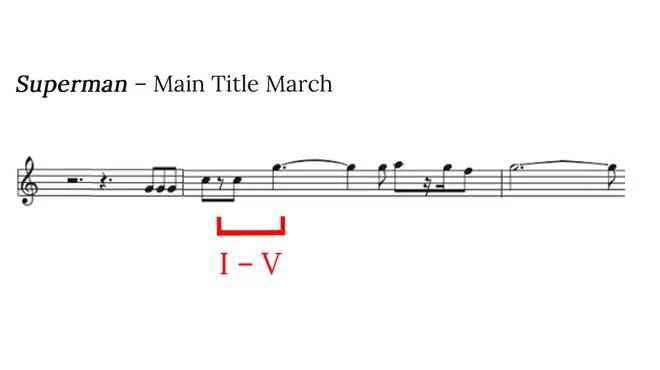
John Williams is a fan of a fanfare (see what we did there?), and his score to Superman is no exception. With triplets and blazing brass in abundance, we get the feel of the superhero from the very core of his score.
Does the music seem familiar? Look beyond the dotted rhythm and where the melody goes after the I-V jump, and the beginning of this phrase is almost identical to the Star Wars theme. Williams, however, takes the music in a completely different direction after his signature I-V interval.
E. T.
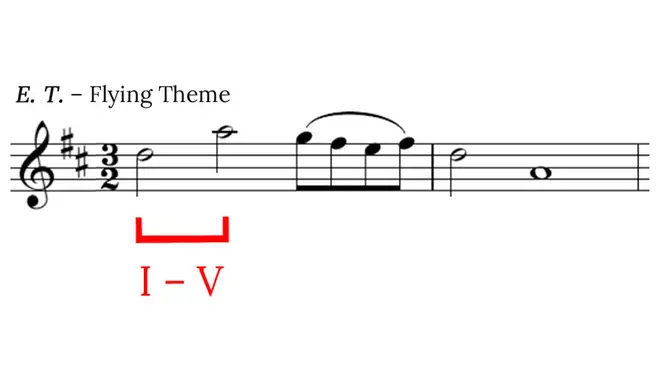
The E. T. Flying Theme opens with a perfect fifth jump, but this is far more lyrical than any of the previous examples. So how does John Williams adapt the same melody to sound completely different here?
It's all in the instrumentation – the melody sits atop tremolo violins, fluttering flutes and sky high scalic runs that instantly set the scene of the famous flying scene.
And unlike many of his other scores, John Williams begins by giving the melody to the strings. Gone is the fanfare and heavy brass; this melody is lighter than air.
So there you have it – some of the world's most famous film score melodies are built around that heroic jump from tonic to dominant. What comes after, well, that's another story.






















